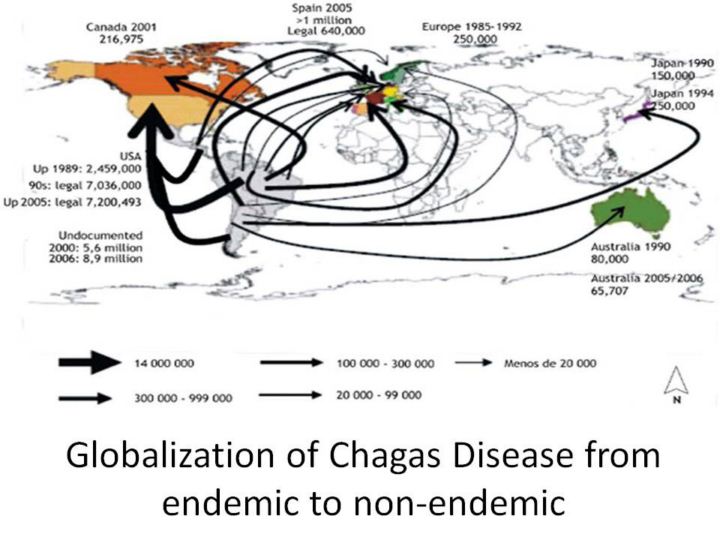 |
Another
problem is the increased ability people now have to travel and migrate.
Migrants who are infected with the disease are progressively transmitting
the disease to non-endemic countries by way of blood transfusions, organ
transplants and even congenital transmission (Moncayo
et al.,
27). However, to make non-Latin American countries around the world aware
of this disease and this problem of migration, the WHO created a network,
called the Global Network for Chagas Disease Elimination (Moncayo,
et al.,
27). This network does seem to have decreased the risk of Chagas disease
spreading past Latin American borders
|
